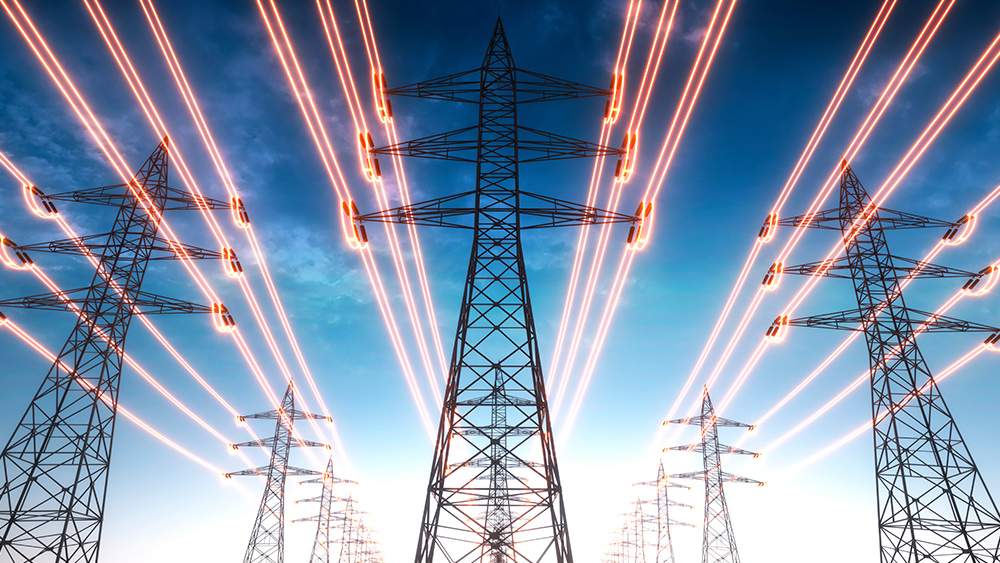
In Georgia, demand for industrial power is surging to record highs, with the projection of new electricity use for the next decade now 17 times what it was only recently. Arizona Public Service, the largest utility in that state, is also struggling to keep up, projecting it will be out of transmission capacity before the end of the decade absent major upgrades.
In Northern Virginia, the equivalent of several new large nuclear power plants are needed to serve all the new data centers planned and under construction. Texas, where electricity shortages are already routine on hot summer days, faces the same dilemma.
The soaring demand is forcing electricity providers to scramble to try to squeeze more juice out of America's aging power grid while pushing commercial customers to go to extraordinary lengths to lock down their energy supply needs, such as by helping build their new power plants.
“When you look at the numbers, it is staggering,” said Jason Shaw, chairman of the Georgia Public Service Commission, which regulates electricity. “It makes you scratch your head and wonder how we ended up in this situation. How were the projections that far off? This has created a challenge like we have never seen before.”
The administration of President Joe Biden claims it has made easing the grid bottleneck a priority. Even if this were true, federal powers are limited and the whole process is politically fraught, at best. Building new transmission lines and transfer stations involves huge land acquisitions, exhaustive environmental reviews and negotiations with multiple partners to determine who should pay what costs.
Thanks to your generous support, we are building the infrastructure of human freedom and actively donating our technology to independent publishers, authors and home schooling organizations. Learn about our game-changing non-commercial AI project here. Support our ongoing efforts to preserve and enhance human knowledge by shopping at HealthRangerStore.com.
Regulators are worried that residential ratepayers could be stuck with the bill for costly upgrades. Climate activists are also concerned that the surging demand for power could stifle the transition to cleaner energy, especially as utility executives continue to lobby government authorities to delay the retirement of fossil fuel plants and bring more online to keep supply stable.
Rapid AI innovations driving surge in demand for electricity
A major factor behind the skyrocketing demand is the rapid innovation in artificial intelligence, which is driving the construction of large warehouses of computing infrastructure that require exponentially more power than traditional data centers. Tech mogul Elon Musk has even warned that the U.S. could run out of electricity and transformers for AI by 2025.
AI is also part of a huge scale-up in cloud computing. Tech firms like Amazon, Apple, Google, Meta and Microsoft are scouring the nation for sites for new data centers, and many lesser-known firms are also on the hunt. (Related: Rosemount, Minnesota trying to establish 15-minute city with the help of Zuckerberg's Meta.)
But these same tech giants are also exploring ways in which AI can help make the grid operate more efficiently, such as by developing platforms that, during times of peak power demand, "can shift compute tasks and their associated energy consumption to the times and places where carbon-free energy is available on the grid," said Google in a statement.
Watch this episode of the "Health Ranger Report" as Mike Adams, the Health Ranger, interviews David Tice about the many vulnerabilities present in the American power grid.
This video is from the Health Ranger Report channel on Brighteon.com.
More related stories:
The three states most likely to suffer from power grid collapse.
Net-zero is pulling the plug on America's electrical "life support system," new documentary says.
Biden's LNG export ban an "outrageous attack on American energy," says House Majority Leader Steve Scalise.
Insiders warn shifting to green energy could disrupt power grid reliability.
Many countries investing in nuclear energy generation while America LANGUISHES in pursuit of less capable renewables.
Sources include:
Technocracy.news
TheWeek.com
Brighteon.com
Source link

